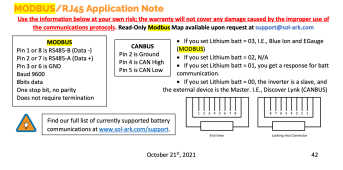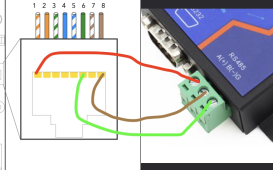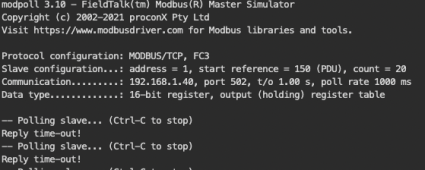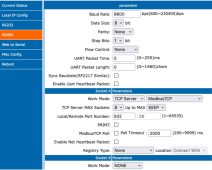I don't agree Sol-Ark has no interest, from my perspective they do, they just don't yet have the software muscle to build it. Victron has it and even Enphase has a real-time feature that only works 15 minutes at a time and lets you see those real-time spikes, etc.
You are however probably correct that most of Sol-Ark's sales are grid-connected, possibly sellback arrangements with the ability to have agnostic battery integration down the road.
A fast-growing part of the solar industry is the DIY, which by evidence of Sol-Ark, Growatt, Eg4, and even full retailers like Current Connected and Signature Solar shows there is a growing demand from people who have enough ability to do this work themselves if the vendors simply make the products easier for everyone, installers included and provide information freely to anyone.
I'm looking forward to the day when much of what used to be hundreds of parts is distilled down into perhaps a dozen or so pieces of equipment that work with one another and you can add on with ease additional software layers for additional functionality and management. I'm feeling pretty close to this now with my Sol-Ark 15K and the Eg4 batteries in a rack, but there is still some room to go to make things even easier to where you could also buy an entire kit, cables, enclosures, software altogether or individually and it's easy enough and dummy proof enough to anyone with basic electrical skills could install it.
Solar Assistant is so close to being great, they just need to give us a little more ability to make our own reports and customize the widgets/dashboards. They need to do more than copy part of the Home Assistant name and adopt the Home Assistant model which will really give us a platform that enables the DIY community to push Solar Assistant in new areas growing its global user base exponentially like the Home Assistant project.
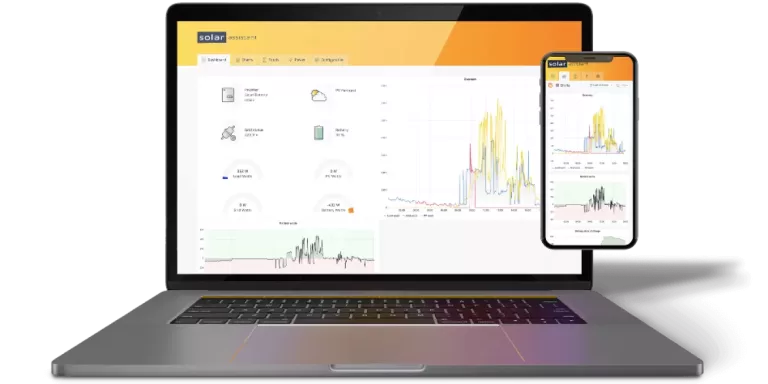
www.sol-ark.com



